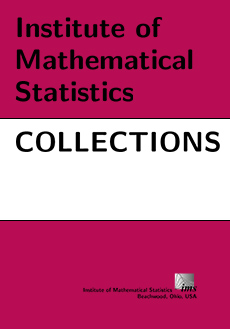Abstract
Using a Bayesian model with a class of hierarchically specified scale-mixture-of-normals priors as motivation, we consider a generalization of the grouped LASSO in which an additional penalty is placed on the penalty parameter of the L2 norm. We show that the resulting MAP estimator obtained by jointly minimizing the corresponding objective function in both the mean and penalty parameter is a thresholding estimator that generalizes (i) the grouped lasso estimator of Yuan and Lin (2006) and (ii) the univariate minimax concave penalization procedure of Zhang (2010) to the setting of a vector of parameters. An exact formula for the risk and a corresponding SURE formula are obtained for the proposed class of estimators.
A new universal threshold is proposed under appropriate sparsity assumptions; in combination with the proposed class of estimators, we subsequently obtain a new and interesting motivation for the class of positive part estimators. In particular, we establish that the original positive part estimator corresponds to a suboptimal choice of this thresholding parameter. Numerical comparisons between the proposed class of estimators and the positive part estimator show that the former can achieve further, significant reductions in risk near the origin.
Information
Digital Object Identifier: 10.1214/11-IMSCOLL811


